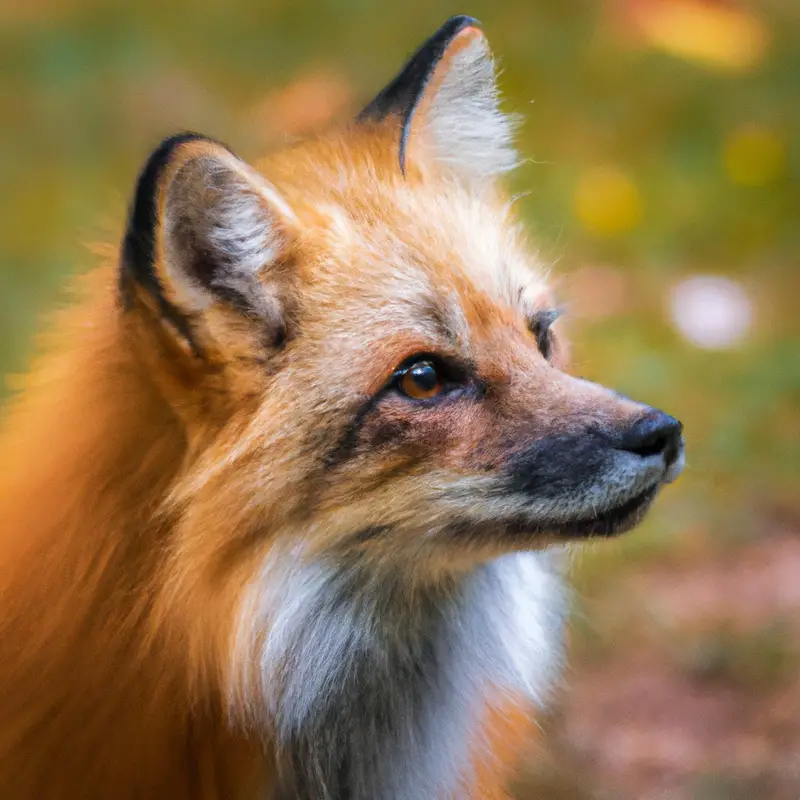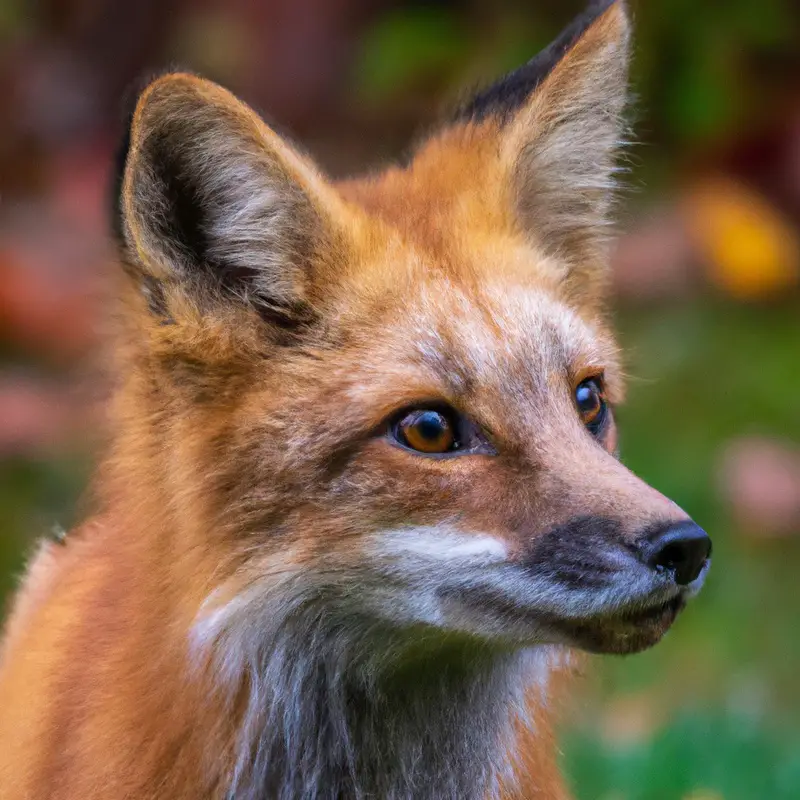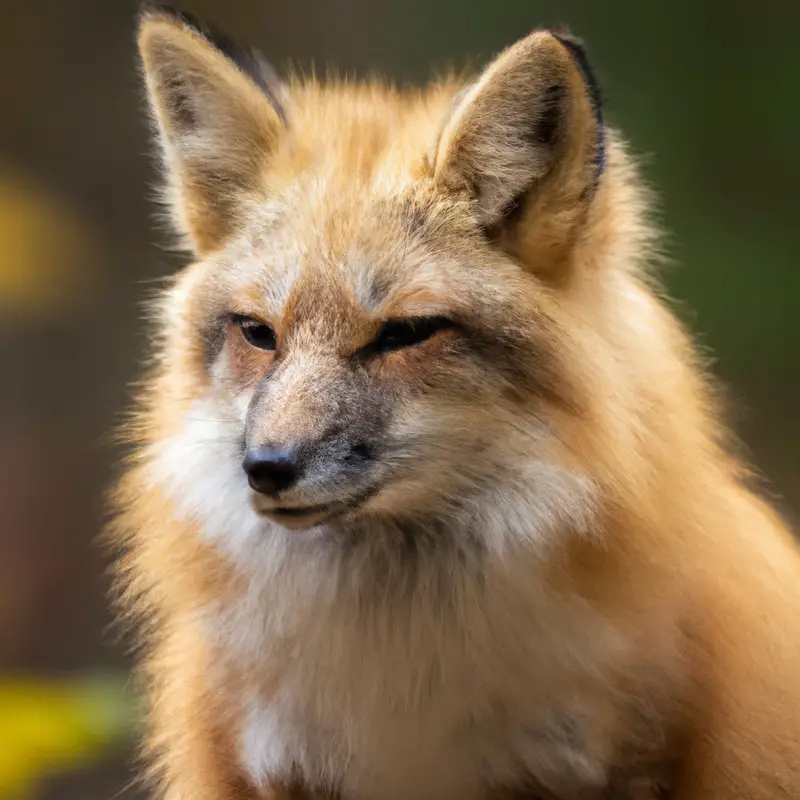Key Takeaways:
- Red foxes are commonly hunted in Alaska due to their abundant population.
- Hunting red foxes in Alaska requires a combination of skill, patience, and knowledge of their behavior.
- Red fox hunting provides a unique experience in the rugged wilderness of Alaska.
- Conservation efforts ensure that hunting red foxes in Alaska is sustainable and regulated.
Imagine the crisp Alaskan air filling your lungs as you embark on a thrilling hunting adventure. Now picture yourself tracking the elusive and cunning Red Fox, a predator that has captivated hunters for generations.
In this blog, I will take you on a journey through Alaska’s rugged terrain, sharing valuable insights into the habitat of the Red Fox and the tactics needed for a successful hunt.
With an emphasis on responsible hunting practices and the conservation efforts in place, we’ll explore everything from essential gear to dressing and processing the meat. Get ready to experience the exhilaration of Red Fox hunting in the great wilderness of Alaska.
Aspect | Information |
|---|---|
Hunting Season | Fall and winter seasons (August to March) |
License and Permits | Alaskan hunting license required, additional permits may be needed depending on location and method |
Hunting Methods | Spot and stalk, calling, use of scent lures, hunting with dogs |
Firearm Regulations | Must comply with Alaska state firearms regulations, handguns allowed with permit |
Bag Limit | Varies by location and hunting unit, check Alaska Department of Fish and Game for current regulations |
Recommended Gear | Rifle or shotgun, appropriate ammunition, hunting clothes, boots, binoculars, game calls, scent lures |
Important Tips | Know and follow all hunting regulations, respect private property and hunting boundaries, practice firearm safety, be prepared for harsh weather conditions |
The Red Fox: A Fascinating Predator
1. Introduction to the Red Fox
The Red Fox is a captivating creature found in various habitats across the globe. Known for its striking red fur and bushy tail, it has adapted well to living in diverse environments, including forests, grasslands, and even urban areas.
Red Foxes are highly adaptable hunters and possess keen senses of sight, hearing, and smell.
They are opportunistic feeders, consuming small mammals, birds, insects, and even fruits and vegetables. These cunning predators are known for their ability to stalk and pounce on their prey with remarkable agility and speed.
Their resourcefulness and adaptability make them one of nature’s remarkable creatures.
2. Habitat of the Red Fox in Alaska
The red fox in Alaska has a diverse habitat, adapting well to various landscapes. They are found in forests, tundra, and even urban areas.
These foxes prefer areas with dense vegetation for cover and open spaces for hunting.
They also build dens in hillside burrows or use abandoned burrows made by other animals. The availability of prey, such as small mammals and birds, plays a crucial role in their habitat selection.
Additionally, they are excellent swimmers, taking advantage of water bodies when necessary for hunting or escaping predators.
3. Hunting Season and Regulations in Alaska
Hunting season in Alaska varies depending on the specific game you’re targeting. Each species has its own designated season to ensure sustainable hunting practices.
It’s important to familiarize yourself with the regulations set by the Alaska Department of Fish and Game to stay within the legal boundaries.
These regulations dictate everything from bag limits and hunting methods to licensing and reporting requirements. Adhering to these regulations helps ensure the conservation and responsible management of Alaska’s wildlife.
Stay informed and enjoy your hunting experience in this beautiful state.

4. Preparing for a Red Fox Hunting Trip
Preparing for a red fox hunting trip involves careful planning and consideration.
Here are a few steps you can take to ensure a successful and enjoyable experience:
- Research the habitat and behavior of red foxes in your hunting area. This will help you understand their patterns and increase your chances of locating them.
- Familiarize yourself with local hunting regulations and obtain any necessary licenses or permits.
- Invest in quality hunting gear, including camouflage clothing, a firearm or bow suitable for hunting foxes, and calls or decoys to attract them.
- Practice your shooting skills to ensure accuracy and confidence in the field.
- Plan your trip logistics, including travel arrangements, accommodation, and provisions for your time in the wilderness.
Remember to always prioritize safety and ethical hunting practices while enjoying the thrill of the hunt.
Happy hunting!

5. Essential Gear for Hunting Red Fox in Alaska
To successfully hunt red foxes in Alaska, you’ll need the right gear. Here are 5 essential items you should have:
- A reliable rifle or shotgun: Choose a firearm that offers accuracy and power for taking down foxes at varying distances.
- Hunting clothing: Dress in layers to stay warm and comfortable in Alaska’s harsh conditions. Don’t forget camouflage patterns to blend in with the environment.
- Calls and decoys: Fox calls and decoys are effective tools for luring foxes within range. Make sure to practice your calling techniques for better results.
- Optics: Invest in a good pair of binoculars or a spotting scope to scan the terrain and spot foxes from a distance.
- Field dressing kit: Once you’ve successfully taken down a fox, you’ll need a field dressing kit to properly prepare the animal for transport and processing.
Having these essential gear items will greatly enhance your hunting experience and increase your chances of successfully hunting red foxes in the beautiful Alaskan wilderness.

6. Tracking and Scouting Techniques for Red Fox
Tracking and scouting techniques are essential when hunting red foxes. Here are some effective methods:
- Look for tracks: Red foxes leave distinct tracks, with four toe pads and claw marks. Look for these in soft soil or snow.
- Use game cameras: Setting up trail cameras near known fox habitats can give you valuable information on their movement patterns and activity.
- Listen for vocalizations: Foxes have a range of distinctive calls, including barks, screams, and howls. Familiarize yourself with these sounds to identify their presence.
- Look for scat and urine marking: Foxes use scat and urine to mark their territories. Identifying these signs can help you determine their hunting grounds.
- Observe hunting behaviors: Foxes may engage in behaviors such as pouncing on prey or digging for rodents. Pay attention to these signs as they can indicate active hunting areas.
- Seek out den sites: Foxes often use dens for shelter and raising their young. Look for fox dens in brush piles, hollow logs, or burrows.
By employing these tracking and scouting techniques, you can increase your chances of locating and hunting red foxes successfully. Happy hunting!
7. Strategies for Successful Red Fox Hunting
Successful red fox hunting requires specific strategies. Here are 7 key approaches:
- Study their habits and behavior: Understanding how red foxes live and move will help you anticipate their movements and find their hunting grounds.
- Use camouflage and scent control: Red foxes have keen senses, so blending into your surroundings and minimizing your scent is essential for staying undetected.
- Utilize calls: Using fox distress calls or imitation calls can attract their curiosity and draw them closer to your location.
- Set up bait stations: Placing bait such as food or scent attractants in specific locations can lure red foxes into an area where you can easily spot or ambush them.
- Employ decoys: Lifelike decoys of small mammals can create the illusion of a potential meal and entice red foxes into range.
- Employ stealthy techniques: Moving quietly and patiently, using cover, and avoiding sudden movements can increase your chances of getting within shooting distance.
- Learn from experienced hunters: Understanding tried-and-true techniques and learning from experienced hunters can provide valuable insight and help increase your success rate.
Remember, successful red fox hunting requires a combination of knowledge, skill, and patience. Always adhere to local hunting regulations and prioritize safety at all times.
8. Ethical Considerations and Responsible Hunting Practices
Ethical considerations and responsible hunting practices are vital for maintaining a sustainable ecosystem.
As a responsible hunter, it’s important to prioritize the welfare and conservation of the species you’re hunting.
This can be done by adhering to hunting regulations and licenses, respecting hunting seasons, and practicing proper shot placement to ensure a quick and humane kill.
Additionally, hunters should strive to minimize their impact on the environment by properly disposing of waste and avoiding unnecessary destruction of habitat.
Remember, responsible hunting is not just about taking an animal; it’s about being a steward of the natural world.
9. Safety Tips for Hunting Red Fox in Alaska
When hunting red fox in Alaska, it’s important to prioritize safety. Here are 9 tips to keep in mind:
- Dress appropriately for the weather and terrain.
- Use proper hunting gear, including a reliable firearm and ammunition.
- Familiarize yourself with Alaska’s hunting regulations and adhere to them.
- Let someone know where you’ll be hunting and when you expect to return.
- Carry basic survival equipment, such as a map, compass, first aid kit, and emergency supplies.
- Be aware of your surroundings and use caution when navigating unfamiliar areas.
- Practice ethical hunting techniques and respect the wildlife and environment.
- Stay alert for other hunters and communicate your presence if necessary.
- Prioritize firearm safety, including proper handling, muzzle awareness, and knowing your target and what’s beyond it.
10. Tips for Dressing and Processing Red Fox Meat
Here are 10 tips to help you dress and process red fox meat:
- Start by wearing protective gloves and sanitizing your work area.
- Use a sharp knife to make clean, precise cuts while skinning the fox.
- Carefully remove the pelt, taking care not to damage it for future use.
- Remove internal organs, being cautious to avoid puncturing the bladder or intestines.
- Rinse the meat thoroughly with cold water to remove any debris or blood.
- If desired, marinate the meat to enhance its flavor before cooking.
- Red fox meat can be prepared in various ways, such as grilling, roasting, or stewing.
- Cook the meat thoroughly to ensure it is safe to eat.
- For ground meat, use a meat grinder or food processor for optimal texture.
- Store the dressed meat in airtight containers or freezer bags to maintain freshness.
11. Conservation Efforts and the Red Fox Population in Alaska
Conservation efforts have played a significant role in the red fox population in Alaska. Researchers and wildlife organizations work together to protect their habitats and manage their numbers carefully.
Some key initiatives include implementing sustainable hunting practices, reducing human-wildlife conflicts, and monitoring population trends.
By promoting the coexistence of humans and foxes, we can ensure the long-term survival of these fascinating predators. It’s important to continue supporting and advocating for conservation efforts to maintain a healthy red fox population in Alaska.
12. Conclusion: The Thrill of Hunting Red Fox in Alaska
Hunting red foxes in the wilds of Alaska is an exhilarating experience.
The thrill of tracking these elusive predators through the snow-covered landscape is both challenging and rewarding.
As you navigate the rugged terrain, your senses are heightened, anticipating the moment when you spot your quarry.
The adrenaline rush that follows as you take aim and make the perfect shot is incomparable.
Moreover, the opportunity to witness the beauty of Alaska’s wilderness up close adds an extra layer of enjoyment to the hunt.
Hunting red foxes in Alaska is a thrilling adventure that every avid hunter should experience.
Final Verdict
Hunting red fox in Alaska offers an exhilarating adventure for outdoor enthusiasts.
From understanding their habitat to mastering tracking and scouting techniques, this pursuit requires skill and careful preparation.
Safety and ethical considerations should always be prioritized, while responsible hunting practices ensure the conservation of the red fox population.
By equipping yourself with the right gear and knowledge, you can embark on a thrilling hunting trip, while respecting this fascinating predator and the beautiful wilderness of Alaska.
Happy hunting!








